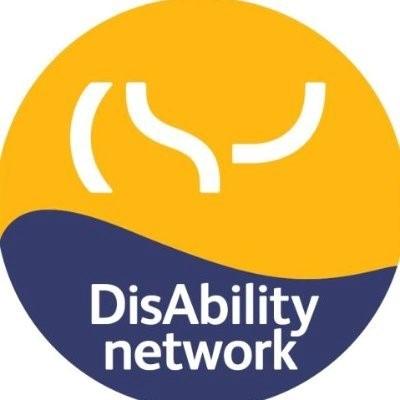Exploring the history of Disability Pride month and how you can get involved.

Celebrated in the UK throughout the month of July since 2015, Disability Pride is an opportunity to raise awareness of disabilities, the barriers faced by disabled people, start positive conversations and celebrate the diversity and differences of the disabled community.
Disability pride originates from the United States where an event was first held in 1990 to mark the founding of the Americans with Disabilities Act. The Disability Discrimination Act was introduced in the UK in 1995, followed by the Equality Act in 2010.
You don’t have to have a disability to join in with pride month, everyone can be an ally and play an important role in increasing awareness.
The Disability Pride flag

The colours of the flag represent:
Red - Physical disabilities
Gold - Neurodivergence
White – Hidden and undiagnosed disabilities
Blue - Mental illnesses
Green - Sensory disabilities
The faded black background of the flag commemorates and mourns disabled people who have died due to ableist violence, neglect, illness and eugenics.
The diagonal stripes across the flag to show how disabled people have to cut across barriers in society.
Get involved!

- Learn about the social model of disability and ableism
- Connect with the CSP DisAbility Network on social media
- Read articles on www.csp.org.uk and in Frontline on how the CSP supports and celebrates disabled members
- Follow disability activists on social media
- Read books by disabled authors
- Join a local disability pride event
CSP Resources

Find out more about the CSP DisAbility Network
CSP welcoming and supporting disabled learners
CSP Frontline article: Embracing difference this Disability History Month
CSP equity, diversity and belonging strategy
*Language – how the CSP writes about disability
The CSP acknowledges the social model of disability, which says that people are disabled by the attitudes of other people and by the barriers society puts in their way. We reflect this in how we write about disability and the language we use.
In line with the social model, unless referring to an individual who has informed us they identify under a different term, we use identity-first language such as ‘disabled person/people’ and 'a person with an impairment/people with impairments' within our communications.
Number of subscribers: 1



































